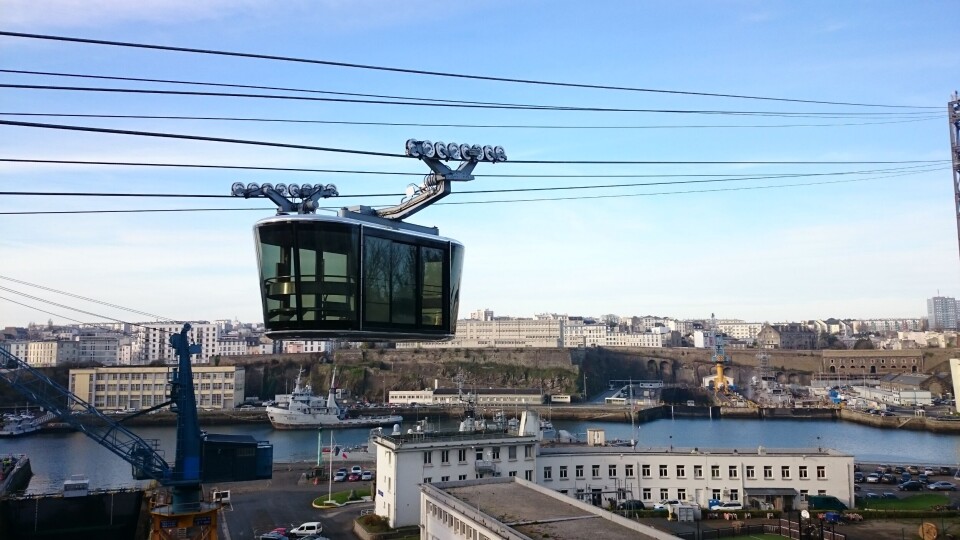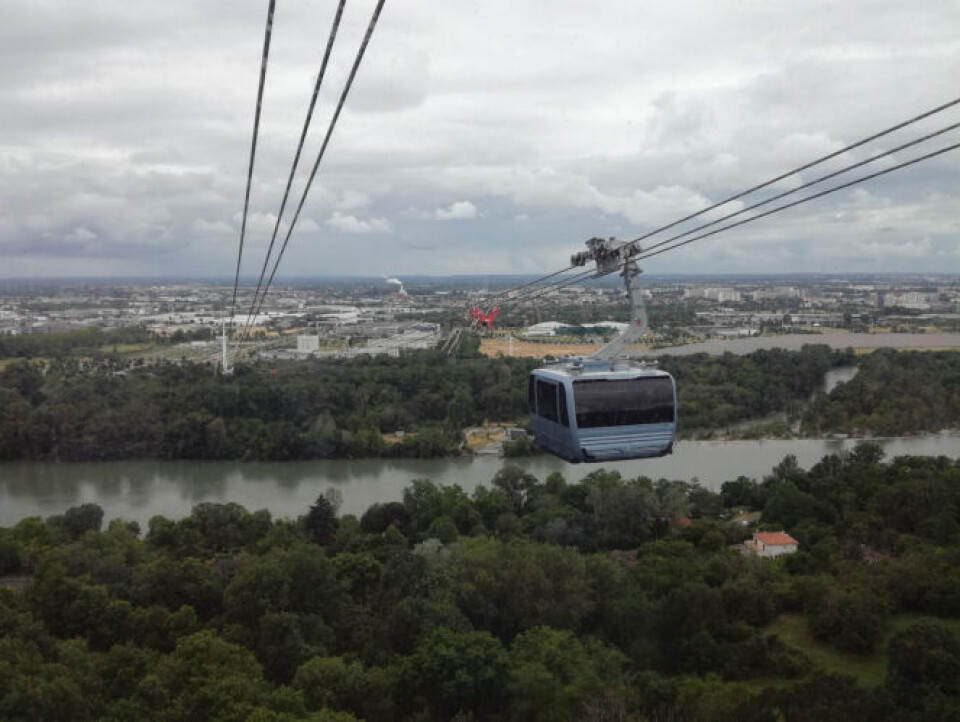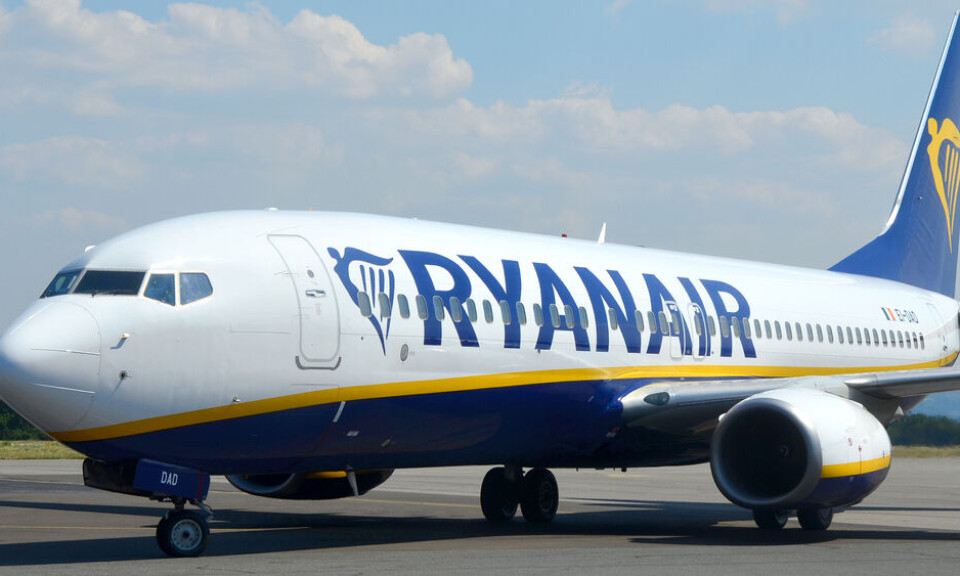-
Step back in time for some ‘dinosaur’ planting in your French garden
Captivated in the garden this month by one species of plant that dates back 200 million years, and another which is one of the oldest flowering plant families on the planet
-
Woman to receive medal after scaring off suspected attacker on French train
The witness filmed the incident after hearing screams coming from a neighbouring carriage on an RER in the Paris suburbs
-
Classic French recipe with an exotic twist: caramelised onion soup
A dish inspired by the travels of two Paris chefs
Upwardly mobile: cable cars and the ‘new French cities of tomorrow’
An on-trend transportation solution for dense urban environments is the cable car. We reveal French successes... and failures

More and more French cities have plans to implement urban cable cars as a new innovative transportation system, piggybacking on successful rollouts in France and South America.
Toulouse (Haute-Garonne) and Saint-Denis (Réunion island) are the two latest to have opened services in 2022, providing improved accessibility to steep locations.
But other French cities have shown interest, propelled by increased demand and good attendance.
Téléo, France’s longest urban cable car in Toulouse, has transported 1.12 million passengers, according to latest figures provided in February this year.
“This is a solution that resolves mobility challenges both today and in the future,” said Fabien Felli, president of Poma, France’s main cable-driven lift systems, and the company behind the Toulouse and Saint-Denis projects.

More urban projects
While Poma is known for its cabin lifts in several of France’s ski stations, the company has taken on more and more projects in big cities among its catalogue of engineering prowess.
Nice, Bordeaux, Vitrolles, Grenoble or Ajaccio are actually under discussion or up for consideration, he said, confirming the interest of several mayors for an alternative transportation solution that prevents traffic congestion, surpasses geographical limits and is environmentally-friendly.
The cabin lift in Vitrolles is planned for 2027, Bordeaux in 2028 and Nice in 2040.
All of them look to interconnect crowded areas such as commercial centres and airports or to run over rivers to make traffic more fluid.
The pioneering French example lies in Brest (Brittany), a 420 metre-long cabin lift opened in 2016 between the Capucins’ district and the centre, passing over the river Penfeld.
It carried 200,000 people during its first two months of service.
Inspiration from South America
Brest took inspiration from successful examples in trailblazing South America, mainly La Paz in Bolivia, Medellin in Colombia and Brazil – which all turned to cabins lifts in the early 2000s to overcome uneven landscapes.
But the craze for urban lift-cabins was no bed of roses in France and has still to overcome many obstacles from the public or politicians.
“Such long-term projects need long-term political support from successive mayors,” said Florence Girault, head of projects at Cerema, a governmental body of the Ecological ministry studying public transportation and town-planning development.
Ms Girault said a shift in political leaning from the municipality, environmental reticence from the public or overall cost can be reasons for halting a project.
The most emblematic is Orléans (Loiret) whose project got buried by socialist mayor Christophe Chaillou after the municipality suffered €3.9 million in losses as consequences of the pandemic.
Along with confirmed projects in Nice, Bordeaux, Vitrolles or Grenoble, there is a similar number of towns which have given up on decade-long projects.
These include Marseille (Bouches-du-Rhône), Issyles-Moulineaux (Hauts-de-Seine) and Grasse (Alpes-Maritimes).
But this also explains the success in South America, where presidents such as Colombian Alvaro Aribe or Lula in Brazil served in office for eight and seven years.
She mentioned a project in Lyon that was abandoned after several planned routes looked out onto too many private houses.
Brest’s lift cabin was very careful about that aspect and installed windows that tint whenever the cabin flies over an area owned by the navy.
Preference for buses, metro and tramways
Another reason for the late interest of French engineers for cabin lifts lies in the preference for buses, metro and tramways as transportation-systems, both Mr Felli and Ms Girault said.
Cabin lift systems come into the equation only when other systems were not able to open lines in some of the most complex areas.
“Prospects are real.
It is a relevant solution to overcome geographical constraints,” said Ms Girault Mr Felli said he is looking at a bright future, taking the example of Téléo which was implemented under different mayors.
He dreams of cities with cabin lifts interconnected with bus, metros and tramway lines.
“It stems from a desire to invent the new city of tomorrow,” he said.
Related articles
Toulouse opens brand new €82million cable car service
Chance to buy a part of ski history from resort in French Pyrenees
























